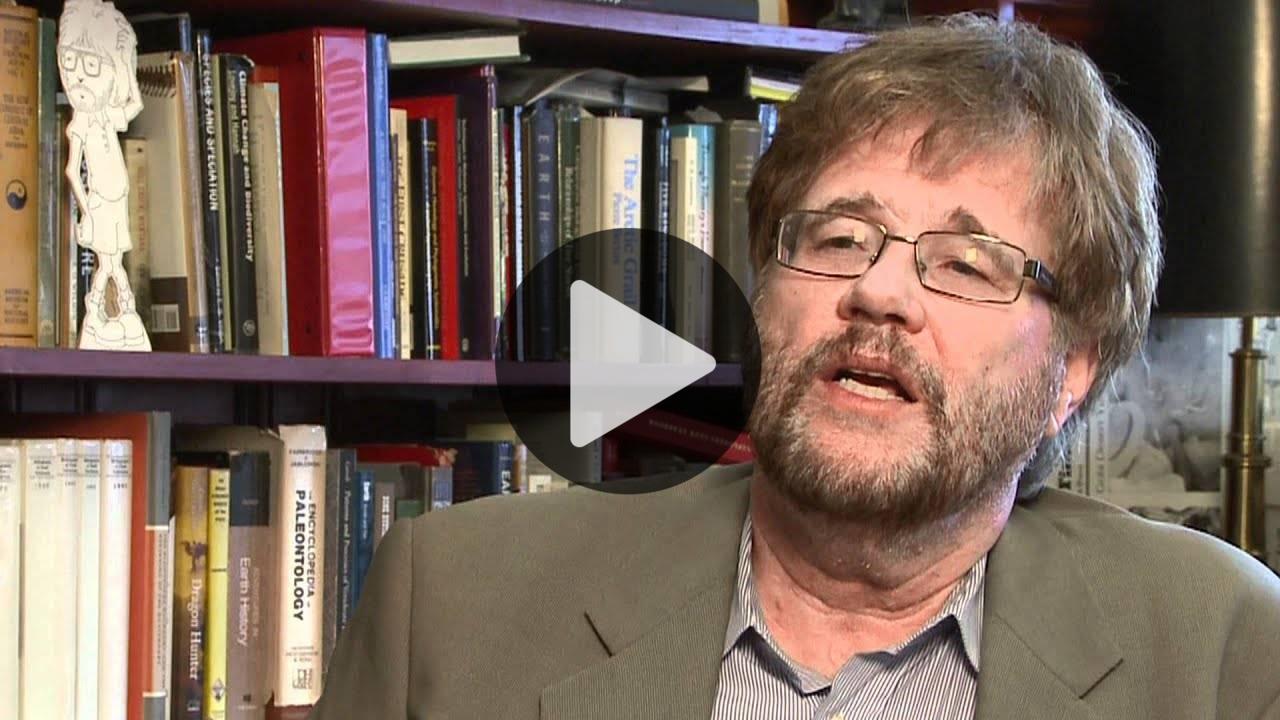To successfully isolate DNA from a long-extinct dinosaur, let alone clone one, scientists would have to overcome numerous serious challenges, including contamination and deterioration of the original DNA. This is because DNA begins to deteriorate and break down into small molecular fragments soon after an organism dies and begins to decay, and when that happens, contamination from external sources, such as organic compounds in the soil or groundwater, quickly follows.
The DNA molecule is composed of subunits, called base pairs, and each pair forms part of the genetic code. In our bodies, each cell contains a billion base pairs, so replicating each in the proper order for an extinct dinosaur would be tremendously difficult. In terms of an analogy, think of the Manhattan phone book. It has an alphabetical order and a specific content, including names and addresses. If that phone book were shredded into millions of tiny pieces of varying lengths, as happens to DNA when it deteriorates, how would you go about reassembling the original book? Names might be missing, but you would not know which ones. These are the kinds of problems that face scientists trying to reconstruct DNA from extinct animals.
Eventually, scientists probably will be able to confirm the presence of DNA from some non-avian dinosaur. But at present, we cannot create carbon copies of organisms that are alive today, even if we have the entire genome in its correct order. Thus, isolating and organizing the decayed DNA from a long-extinct, non-avian dinosaur, even if we found some, would be impossible. 원문보기
Uploaded By @Vlogger


